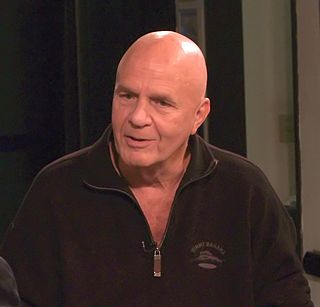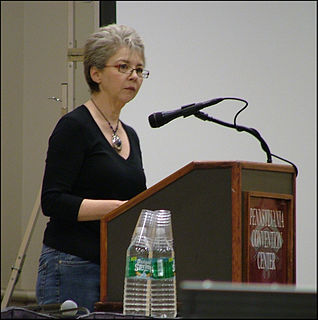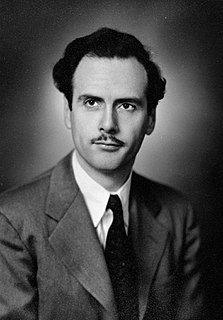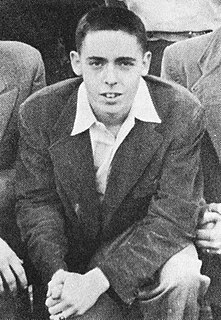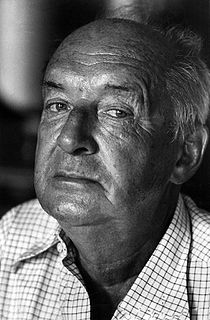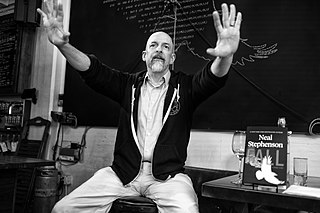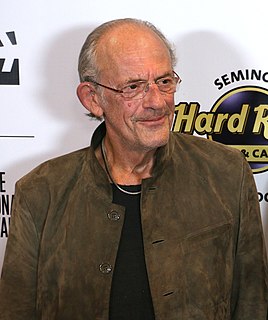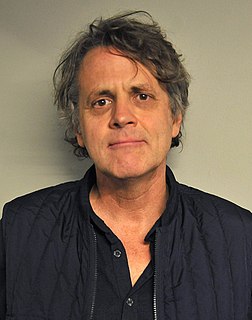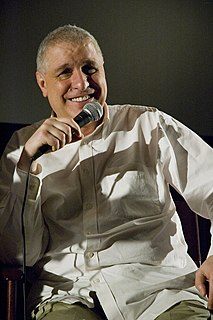A Quote by Daniel H. Pink
Newtonian physics runs into problems at the subatomic level. Down there--in the land of hadrons, quarks, and Schrödinger's cat--things gent freaky. The cool rationality of Isaac Newton gives way to the bizarre unpredictability of Lewis Carroll.
Related Quotes
Our annual school physics trip was always to Blackpool Pleasure Beach, as it's such a good example of Newtonian physics. You can learn about centrifugal force and Newton's first law from the roller coasters, and the Viking long boat is a giant pendulum. It's good for children to understand that science underpins all these brilliant things.
I believe in God the way I believe in quarks. People whose business it is to know about quantum physics or religion tell me they have good reason to believe that quarks and God exist. And they tell me that if I wanted to devote my life to learning what they've learned, I'd find quarks and God just like they did.
Erwin Schrodinger has explained how he and his fellow physicists had agreed that they would report their new discoveries and experiments in quantum physics in the language of Newtonian physics. That is, they agreed to discuss and report the non-visual, electronic world in the language of the visual world of Newton.
In the eighteenth century it was often convenient to regard man as a clockwork automaton. In the nineteenth century, with Newtonian physics pretty well assimilated and a lot of work in thermodynamics going on, man was looked on as a heat engine, about 40 per cent efficient. Now in the twentieth century, with nuclear and subatomic physics a going thing, man had become something which absorbs X-rays, gamma rays and neutrons.
I was trying to run something to ground that had come to my attention when I was working on the Baroque Cycle. That series, of course, was about the conflict between Newton and Leibniz. Leibniz developed a system of metaphysics called monadology, which looked pretty weird at the time and was promptly buried by Newtonian-style physics.
The most fun is to inhabit the world where cartoon physics is king. And that just means that things move with kind of an energy and exaggeration and appeal that is different from what we see in our world. We're bound by, at least, Newton's Laws of physics here and in animation we're not. So, director's can be extremely eccentric, you can sculpt motion in animation in a way that you just can't do any other way. In any other performance medium.

